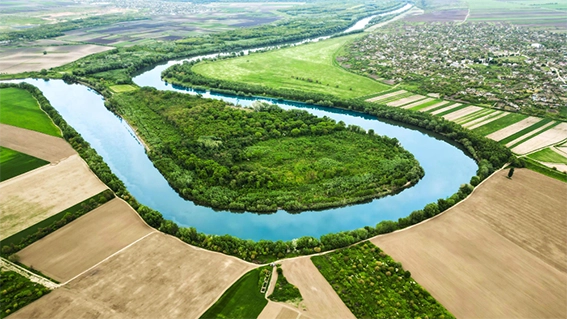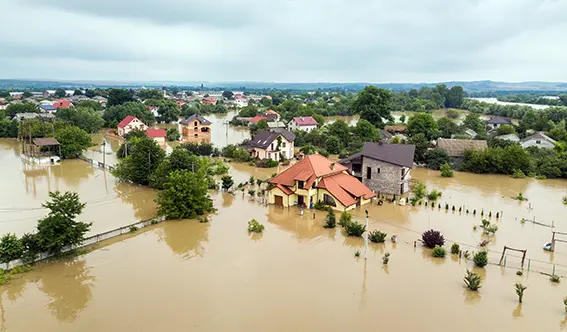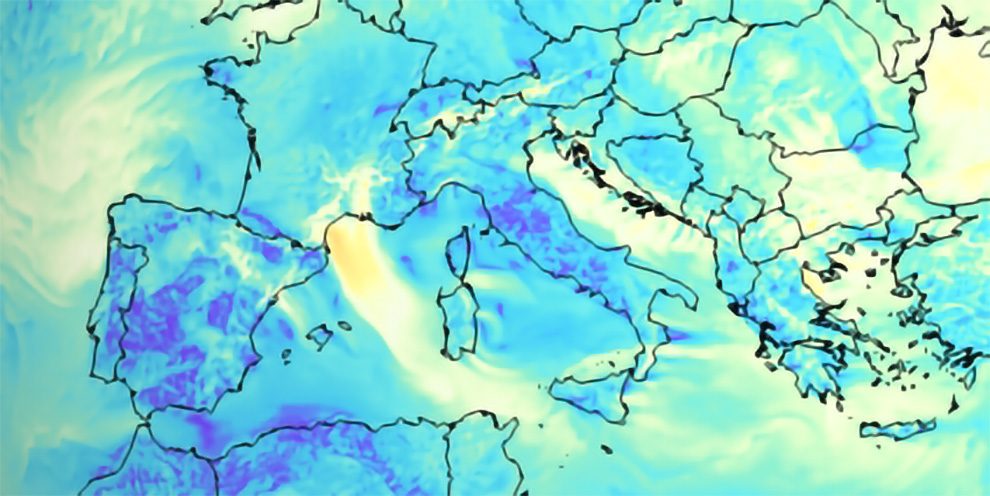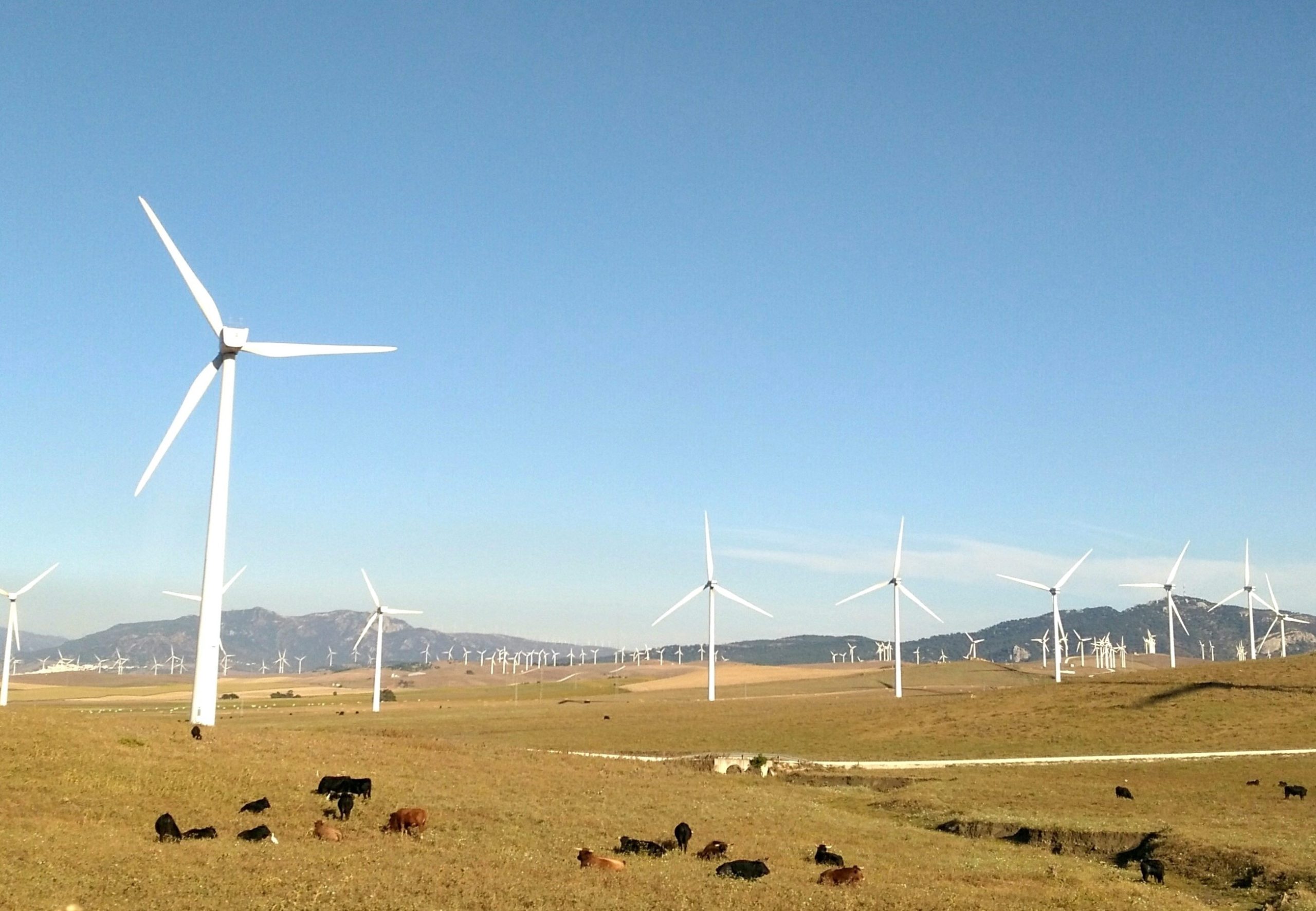Climate Change
Explore our services dedicated to analyzing climate change and its impact on wind, natural resources, territories, cities, infrastructure, and renewable energy production.
We map long-term climate projections and offer solutions for combating and adapting to current and future environmental risks and impacts, for a greater climate resilience.
+20 years
of expertise in analyzing climate and its variables.
Long-term
projections to assess future climate risks.
Adaptation
solutions to enhance resilience against risks
Tailor-made
projects at the national, regional, and local levels
Anticipate and locally adapt to climate change risks
Climate change is now a tangible reality within territories, as evidenced by extreme weather events in recent years (floods, heat waves, droughts, wildfires, etc.). These phenomena have a significant impact on critical issues such as water resources, crops, biodiversity, and human quality of life.
To ensure resilience in the face of climate change, territories need to transform. They need to develop a coherent action plan tailored to local risks and convince a wide range of stakeholders about the benefits of the adaptation measures identified.
To achieve this, it is crucial to identify which risks will directly impact these territories, using projections of climate changes and future trends, along with an assessment of their impacts. Based on the IPCC’s RCP/SSP climate scenarios, we offer a range of solutions to help banks, investors, asset managers, governments, communities and other local stakeholders address the challenges of climate change.
Renewable energy
Natural resources
Cities and Infrastructure
News
Meteodyn delivers high-resolution wind data online with the launch of its Wind Data Portal
PRESS RELEASE, DECEMBER 2025 Meteodyn delivers high-resolution wind data online with the launch of its Wind Data Portal Featuring Virtual and Satellite Onshore and Offshore Met Mast data with the...
Webinar: SCADA data for analysing wind turbine performance and yield
Wind farm data is an essential lever for revealing trends, diagnosing issues and optimising turbine behaviour. During this webinar, we will explore how to fully leverage wind farm SCADA and...
METEODYN will hold a conference at Windenergietage
METEODYN will attend the Windenergietage 2025 in Potsdam, one of Germany’s key wind energy events.METEODYN will showcase several projects illustrating our software solutions and services covering...
Working at Meteodyn
Explore new career opportunities by reviewing our job openings.































